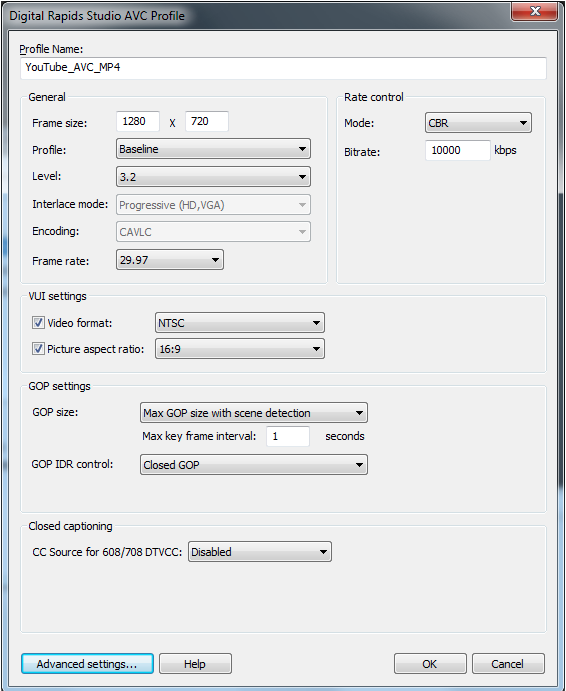However, at SolidLine we don’t just slap our videos up on YouTube or Vimeo and hope for the best. We take the time to encode and optimize each of our videos for the specific hosting site. Taking care and encoding your video for the medium it is playing on is the difference between a crystal clear picture and a hot mess.
Here are Director of Post Production, Michael Kromm’s quick tips for a great looking encoded video, and they aren’t exactly secret tricks:
-Start with the best quality footage possible. “You can always edit to make good footage look bad, but you cannot make bad footage look good.”
-Don’t forget about audio. What’s the point of having a great looking video if you can’t hear it?
-YouTube re-encodes all videos uploaded to their site–so give them the highest quality video. “The higher the input quality, the higher the output quality.”
Also, Editor John Courchane would like to remind everyone at home that encoding is not the same as rendering. A lot of work goes into setting up codecs and the encoding process, so, as Courchane puts it, “it’s always a pain when you’re doing quality checks and you realize you forgot to render that last second fade out at the end…Not that I’ve ever done that…”
If you’re still lost when it comes to the numbers and details, YouTube and Vimeo both provide helpful advanced encoding support on their pages. Here they get into the dirty details of frame rate, resolution, bit rate, audio, and codec.
[A video codec enables the compression or decompression of digital video. It’s a balance between video quality, the quantity of data/bit rate and a lot of finer details, algorithms, and other factors.]
What we do at SolidLine:
At SolidLine we use Digital Rapids, a real-time video encoding system that helps us transform our content more efficiently, effectively and, ultimately, profitably. Digital Rapids helps us encode, transcode, stream and even broadcast our work.

So, at SolidLine, we typically use the .mp4 file extension with the H264 codec; it seems to be the most universal these days and works on most applications. We’ve found that these specs work best for uploading to Vimeo or YouTube. These specs greatly compress the original HD video file size while still delivering high quality video we at SolidLine worked so hard to produce.
Tell Us About Your Project
Regardless of the type of video your organization needs from our team, there’s a
perfect mix of live video and motion graphics that will meet your needs